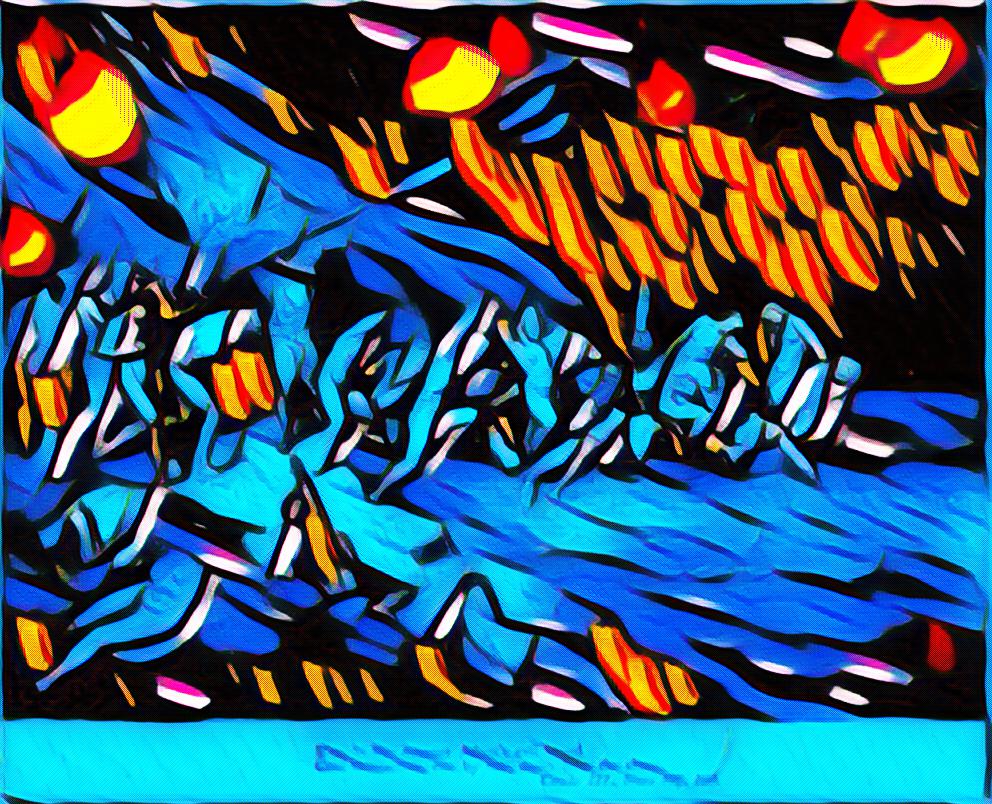

The Divine Comedy is regarded as the foundation of modern literary Italian. It was one of the first major works of literature written in the Italian language, rather than Latin which was until then still the language of the scholars and poets. However, in much the same way that English has changed over the last 700 years (just compare Chaucer to modern English), the language of the Divine Comedy is now archaic and somwhat difficult to understand even for native speakers of Italian. In addition, the Divine Comedy is highly symbolic so the meaning of certain allusions is not easily accessible by modern readers.
Not surprisingly, rendering this great and complex poem into English has been difficult. Of Dante's many translators, three stand out as the best: Henry Wadsworth Longfellow (1807-1882), himself a poet; Henry Francis Cary (December 6, 1772 - August 14, 1844),an English author and translator; and Charles Eliot Norton (November 16, 1827 - October 21, 1908), an American scholar and man of letters.
Since no translation can be exact, each translation by Longfellow, Cary and Norton is different in style, word choices, and diction. In some cases, the meaning of certain passages is rendered quite differently depending on which version you choose.
At DanteInferno.info we have provided all three of these translations side by side so that the reader can compare the similarities and differences between each, and hopefully arrive at a better understanding of the inferno.
Browse the cantos of the Inferno: